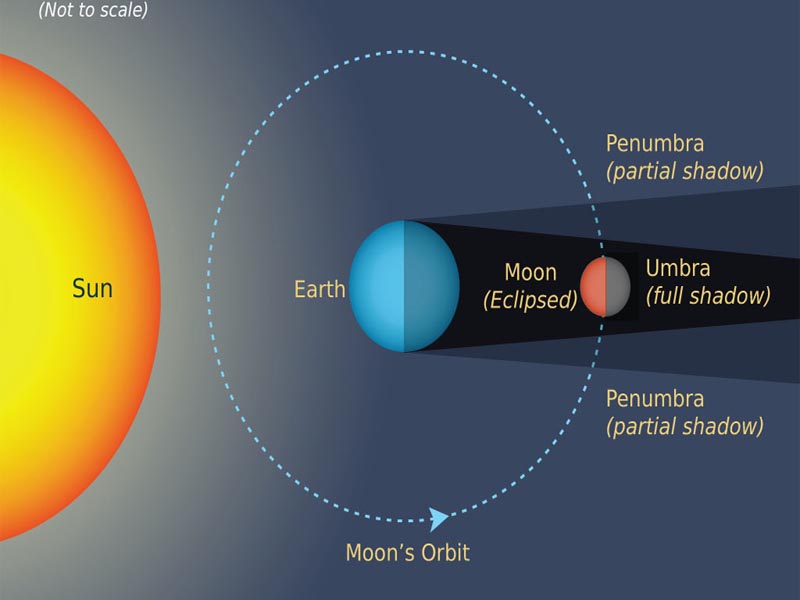
WORKING PRINCIPLE OF A DVD PLAYER?
The DVD ( Digital Video Disc or Digital Versatile Disc) is a digital optical disc data storage format invented and developed in 1995.
DVD base layer made of a polycarbonate plastic. A thin layer of aluminum coating over the polycarbonate plastic. A clear protective acrylic coating over the aluminum layer.
The pits and bumps in the DVD are hit by the laser from the optical mechanism of the DVD player. This laser will be reflected differently according to the change of pits and bumps. Though the laser hits a single spot, the DVD moves in a circular motion so that the entire area is covered.
Red Laser shines onto a spinning DVD disc, reads the bumps (known as “pits”) in the reflection, converts it to 1s (Shiny) and 0s (Non-Shiny Pit), and the circuitry inside the player converts those 1s and 0s into sound and picture.
These reflected laser beams are then collected by a light sensor (eg. photo-detector) which converts the different signals into a binary code. In short, the optical system helps in converting the data from the DVD into a digital code. The binary signal is then sent to a Digital to Analog converter which will be setup in the PCB (Printed Circuit Board). Thus the corresponding analog signal of the DVD is obtained.
The PCB also has amplifiers which amplify the signal and then sends it to the graphic and audio systems of the computer/TV. Thus, the corresponding audio/video signal is obtained.

Why we can see one side of moon?
Only one side of the Moon is visible from Earth because the Moon rotates on its axis at the same rate that the Moon orbits the Earth – a situation known as synchronous rotation, or tidal locking.
The Moon is directly illuminated by the Sun, and the cyclically varying viewing conditions cause the lunar phases.

lunar eclipse ?
A lunar eclipse takes place when the Earth comes between the sun and the moon. The Earth’s shadow blocks some or all of the sun’s light from reaching the moon during the process.
There are three types of a lunar eclipse – a total lunar eclipse, partial lunar eclipse and penumbral lunar eclipse.
 |
Ch. Naveen Kumar |






